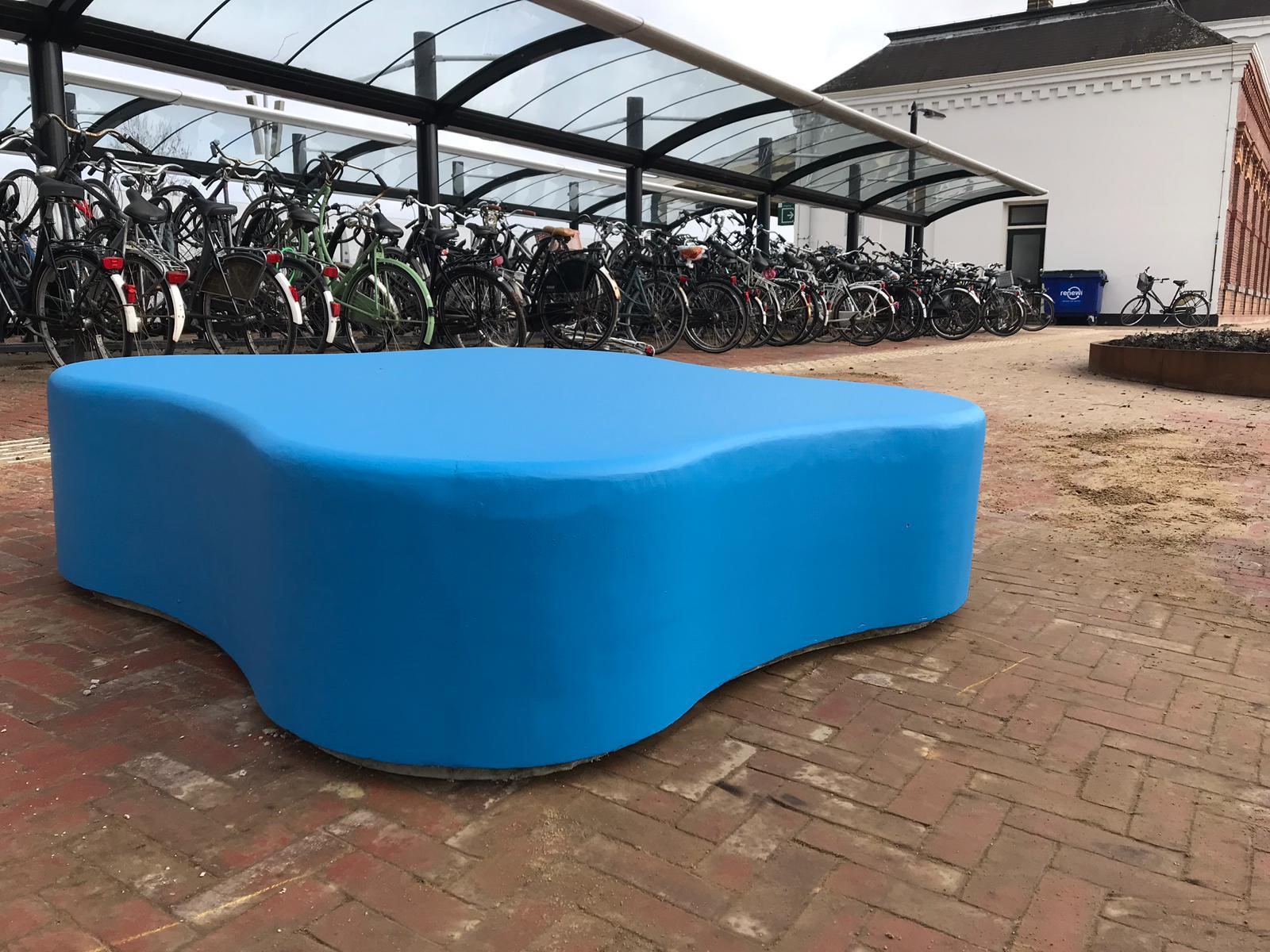
Mobility hubs
Hubs connecting transport services and people
Groningen Drenthe, the Netherlands
The good practice takes place in Groningen and Drenthe, the two provinces in the North of The Netherlands covering 1 000 000 inhabitants. There is one big city, Groningen, 200 000 inhabitants, furthermore some smaller cities, 4 cities with more than 30 000 inhabitants.
In the last decade, public transport, bus, and local train have been thoroughly reorganised. Today it is organised in different layers:
- High quality high frequent buses (and trains) often driving to or from Groningen. Frequencies are up to 10 times/hour in the peak. Exploitation guaranteed 10 years.
- Basic network: Regional buses. Exploitation 7d/7 and 7 to 19h, guaranteed 10 years.
- Other buses: not operating 7 days, not guaranteed for the next 10 years
- Shared taxi and voluntary buses: on-demand transport, an extension of mobility service for target groups.
ObjectivesÂ
Mobihubs and hubtaxis are the latest add-ons to the Groningen Drenthe transport system. The main objectives are connecting transport modes and connecting people.
Mobihubs are places where different transport modes come together and where transfer between transport modes is easy and nice. At these hubs, the different layers of the transport system come together. Working with hubs makes the transport system more efficient compared to organising different direct lines between destinations. The disadvantage is that transfers need to be organised. In order not to discourage the users by those transfers, these hubs need to be attractive and easily accessible (attention for last and first mile).
A further objective of the hubs is to create “people traffic†and in that way opportunities for the building or reinforcing of social relationships. Mobihubs want to fully include rural communities in society and make those rural communities stronger. Therefore mobihubs and mobi taxis aim to unlock the rural communities and reinvigorate rural communities at the same time.
Description and Implementation of actionsÂ
Putting in place mobi hubs and hub taxies was just a matter of selecting and signposting of the main transport stops. It didn’t change much in the experience of the travelers. The next action of continuously upgrading has the potential to change the travel experience and is therefore more important.
Hubtaxi’s are shared taxis that bring people to the hubs. The hub taxi service is on-demand.
Continuously upgrading the mobi hubs in a participatory way
In order to reinvigorate local communities, the organisation of other (economic) activities at the hubs is encouraged. New (other than mobility) services at the hubs are most of the time provided via a bottom-up approach and different ways of citizen consultation. This guarantees ownership of the hub by local people and the empowerment of the local people.
Without community engagement, there is no adaptation of the hubs to the local situation. The following story illustrates the importance of ownership and participation. Just before the inauguration of the Delfzijl hub, freshly planted flowers had been destroyed. The day after, citizens replanted flowers and the inauguration took place without any problem.
Promote the hub system among citizens via transport ambassadors
People are not yet fully aware of the presence and the potential of the hub taxis. Besides communication campaigns, also public transport ambassadors are trained to promote public transport and the hub taxis. These are volunteers not available for the job market or people getting training for reinsertion on the job market.
Web links to local sites for the demonstrator (in Dutch):
https://www.publiekvervoer.nl/voor-iedereen/hubs
https://www.ovbureau.nl/bestuur-organisatie/consessies/ontwikkeling/

